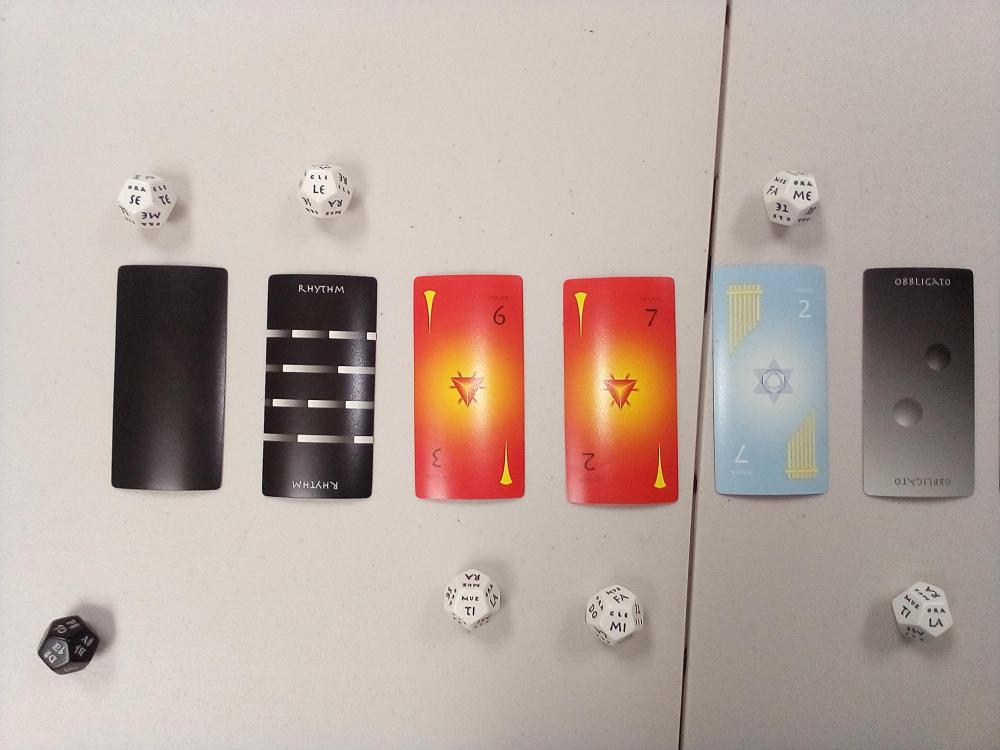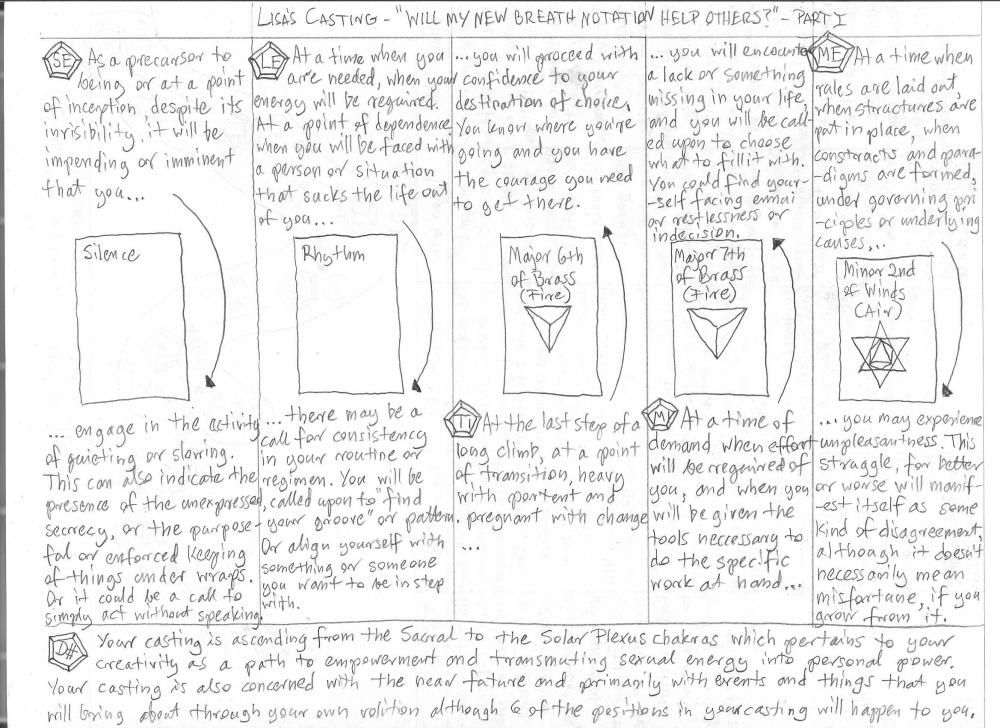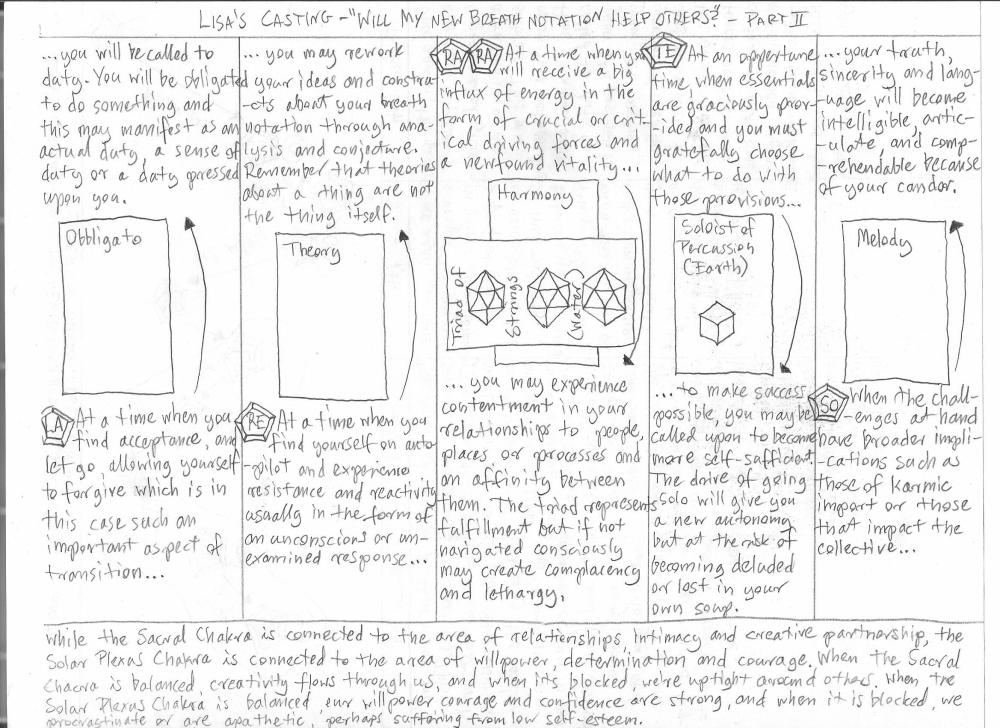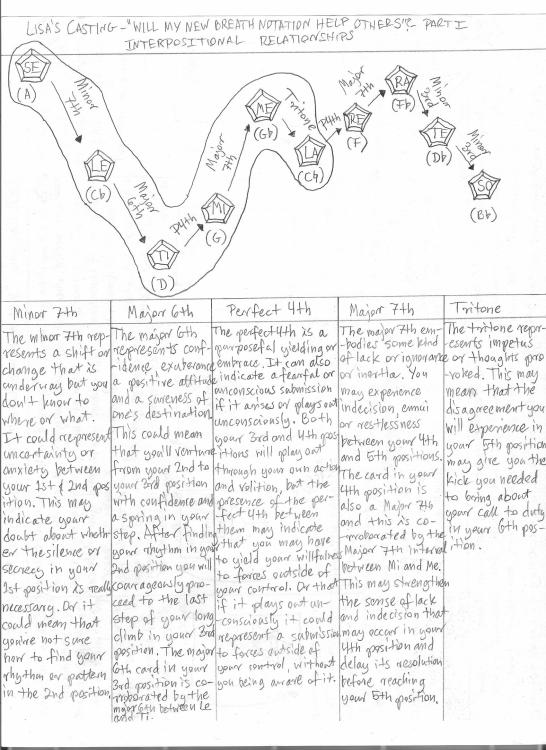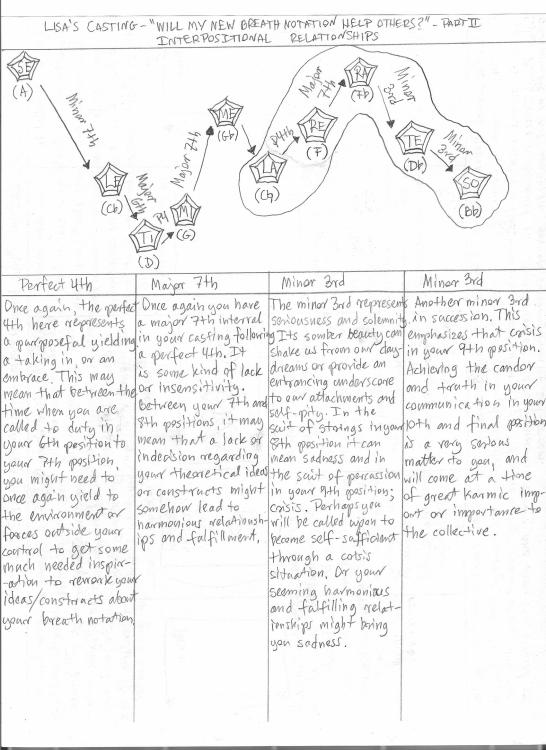All Activity
- Past hour
-
.thumb.png.8b5b433a341551e913a34392660bc95b.png)
2025 Halloween Satisfaction Survey
PeterthePapercomPoser replied to PeterthePapercomPoser's topic in Monthly Competitions
You're welcome! I enjoyed it! First, thank you for voicing your opinion! When we've done competitions with monetary awards and official judges in the past this was an issue that people have brought up. However, ultimately, when the different scores from the different judges were averaged together, as long as the judges tried to accurately reflect the differences between the various musical entries in their scores then once the scores were all averaged together, even if say, some of the judges scored the pieces in a different range of the scale than others, the scoring still worked to accurately reflect the differences in quality between the different entries. In the past when we had competitions with monetary awards, the entrants were kept anonymous by sending their entries by personal message to me. I would then add their entry to the submissions thread. I think in a free contest, this requirement might be too strict. And I personally don't like the idea of keeping the names of the judges anonymous because it discourages discussion and interaction between the judges and the members. Thanks for voicing your opinion! -
Wieland Handke started following 2025 Halloween Satisfaction Survey
-

2025 Halloween Satisfaction Survey
Wieland Handke replied to PeterthePapercomPoser's topic in Monthly Competitions
First of all, I have to say that I really enjoyed this competition! It was an intense two weeks—on the one hand, to finish my own composition/arrangement, and on the other hand, to listen to such a diverse range of great musical works. I think all the participants invested a lot of time, effort, and passion to achieve such a result! I must admit that – puh – reviewing seems to be harder than composing! We have seen a lot of atonality and non-traditional musical structure (to mention some, but not to be exhaustive "Dima’s National Dance" by @Dima, "From Above, Now Below" by @Thatguy v2.0, "Diptych for Piano Quartet" by @Cosmia, "Aos Si" by @HoYin Cheung, "American Cryptids" by @Micah, "Fumage" by @Justin Gruber) and – on the other hand – more „beautiful“ and „well-behaved“ pieces (for example, "Ghost Town Requiem" by @UncleRed99, "Bagatelle No. 6" by @Omicronrg9 and "Dance from the skeleton ball" by @MK_Piano), which I very enjoyed, too. As „balanced“ between this two poles I would consider "Daunting Steps" by @ferrum.wav and – lol - my own piece. Therefore, the decision was very hard and due to the subject of the competition, Halloween, the more outlandish pieces were in the better position. The dedications of the badges „spookiest/scariest piece“, „strangest/weirdest/most outlandish piece“ and „biggest thriller“ were – in my opinion – not so easy to distinguish, so that we have one glorious winner in nearly all categories, "From Above, Now Below" by @Thatguy v2.0, my best congratulations. Special thanks to @PeterthePapercomPoser for organizing that funny contest! What did you think of the official competition reviewing template? For me, the competition reviewing template was very useful, giving the focus what to review a clear structure. Even if I did not give a textual review according to the eight categories but only a general one, scoring according to the definitions (i.e. between 0 and 10 points) and calculating an average was useful and helped to determine the winner(s) for the different badges. I could also imagine that in future competitions, the template and the numbers will be used in an official sheet to determine the overall winner. In such a case, however, it would be necessary to formulate more precisely how we should award the points in order to achieve a fair result that can be used for such a calculation. I noticed that some of the reviewers often awarded 10 points to pieces/categories they liked, while I was a bit stingy with this top score (apologies to all participants). I would like to say that such differences in the use of scores between different reviewers, although consistent in their own assessment, could lead to a kind of injustice. What would you like to see in future competitions? I think, the most revenue of the competition is getting a lot of review in a short period of time. Therefore, I would like to keep the competition „just for fun“ without monetary awards. An interesting variant could be to keep the competitors and judges anonymous. Such a rule could be combined with the mandatory use of the template and its usage for the calculation of the winner, as mentioned above. In such a case it would be necessary to require that all participants review all the other entries to achieve comparability and fairness. However, such a strict set of rules could imply that some members would hesitate to participate, thus we could try out that for one competition, but should not apply it to all future ones. - Today
-
Cosmia started following Poll - 2025 Halloween Competition
-

Poll - 2025 Halloween Competition
Cosmia replied to PeterthePapercomPoser's topic in Monthly Competitions
@PeterthePapercomPoserThanks for asking ^^ I won't be reviewing this round for now, since I'm new I don't feel that I should, but perhaps in the upcoming events I will definitely be involved, I'm really impressed with this site and quite happy to have stumbled upon it. -
Hello Henry, Thanks for your review and valuable comments regarding this piece. Yes, this is like all my organ pieces except the "Soliloquy for Organ No. 1" composed for organ manuals only. Indeed the feedback of an organ player would be great!
- 2 replies
-
- old pieces
- deleted pieces
-
(and 1 more)
Tagged with:
-
chopin started following Lisa's Casting - "Will my new breath notation help others?"
-
Lisa's Casting - "Will my new breath notation help others?"
chopin replied to PeterthePapercomPoser's topic in Chamber Music
Very unique piece of music, interesting rhythms, and interesting choices for harmony (dictated by the dice)? Do you find it harder to compose based on the rules from the game, or is it easier because you are essentially following a template? Cool piece, and rhythmically weird, in a good way! -
PeterthePapercomPoser started following Is my Piano Prelude any good? (Recorded Performance)
-
Mooravioli started following Is my Piano Prelude any good? (Recorded Performance)
-
Hello Everybody, I know it's been a while since I was last active here, but I wanted to share a new prelude I've composed. This is a rather short work I plan on sending off to a piano composition competition, since I think the recording will do it justice. Another thanks to my piano teacher who made the effort to record my work. Here is a description of the piece: “A Prelude written during a time of uncertainty, and it reflects the idea of anxiety + release. However, the trio section is especially beautiful. I recommend listening to it while eating vanilla ice cream; it will enhance your experience.” 🍨🍯🎹 Let me know your thoughts in terms of harmony, melody and form. Score Thank you truly
-

Soliloquy for Organ No. 4
Henry Ng Tsz Kiu replied to luderart's topic in Piano Music, Solo Keyboard
Hi @luderart! I quite enjoy this one with those alternations of chordal and fast passages which I think well fitting to an organ. I like those bare fifths and Phrygian mode which gives the piece more antique feeling. One question is that: is this piece only written for the manual part of an organ without a pedal? I would invite @PCC to review as well since he plays organ haha. Thx for sharing! Henry- 2 replies
-
- old pieces
- deleted pieces
-
(and 1 more)
Tagged with:
-

I wrote some variations on Dies Irae for string quartet
Henry Ng Tsz Kiu replied to 林家興's topic in Chamber Music
Hi @林家興 I think this one is a good effort to write a variation which you succeed with a lot of different styles including contrapuntal, romantic and more impressionistic style. For variation 1, I think you should definitely explore and extend the fugue more haha. The subject is clearly not so developed when only the exposition of a fugue is presented, plus a counter-exposition with the inversion the fugue subject! Also, you could have the viola stay in b.35 so that the subject entry in b.40 would be by First violin with a 4 part counterpoint there. For variation 2, like @Monarcheon I really like the harmony there. Just for the ending typically a pizzicato wouldn't be written with a long dotted minim but instead just with a crotchet? Variation 3 is my least favourite variation but it's just subjective lol. Just one stupid personal thought: I always think variations should be developed through the order of the variations, and I think you can add more variations in the E minor first with the more negative mood before going to other keys to explore different styles. Also, are there any reason why the variations are arranged in this way? Thx for sharing! Henry -
Piano Sonata no 2 / 2. Andante
Vasilis Michael replied to Vasilis Michael's topic in Piano Music, Solo Keyboard
Thank you so much my dear Henry. The andante came natural to me and I think I'm more than pleased. Thank you so much for your appreciation and your attention as always . Warm greetings to you -
Henry Ng Tsz Kiu started following Lisa's Casting - "Will my new breath notation help others?" and Idea no.0
-

Infinity - Marching Band Show
Henry Ng Tsz Kiu replied to NicholasG's topic in Orchestral and Large Ensemble
Hi @NicholasG! The brass passage in 0:39 is way too loud and it scares me lol! I think you should definitely tone down the dynamics there! I would say it would make a good trailer music. Thx for sharing. Henry -

Wings of icarus. Piano sketch. WIP
Henry Ng Tsz Kiu replied to Bjarke's topic in Piano Music, Solo Keyboard
Hi @Bjarke! I like this Perpetuum mobile texture which really gives motion to the piece, as well as the imitations between the hands. The modulations are effective especially for a cinematic music. Of course, dynamic details would be crucial to propel the flow and drama of the music. Thx for sharing. Henry- 1 reply
-
- 1
-

-

Piano Sonata no 2 / 2. Andante
Henry Ng Tsz Kiu replied to Vasilis Michael's topic in Piano Music, Solo Keyboard
Hi @Vasilis Michael! I like the light Mozartean touch of this slow movement. The use of minor harmonies in the 1st episode adds just the enough flavouring. The modulations in the 2nd episode is nice too. Thx for sharing. Henry -

Intervalic piece for Horn and Piano
Henry Ng Tsz Kiu replied to Samuel_vangogh's topic in Chamber Music
Hi @Samuel_vangogh! Like @Monarcheon said the use of 014 set is very apparent start from the beginning, as well as in b.20 choral texture which is basically the superimpositions of multiple 014 chords, which makes the whole music structurally tight. I actually like the direct shift of register since I think it's a good contrast particularly when you combine it with the change of dynamics, timbre and texture. I also agree with @Monarcheon that you could have added more rhythmic variety to the music but given the short time of the movement it's fine for me. Maybe add some more rhythmic variety if this movement would have a contrasting section. Also I feel like the piano writing could be more lucid. Thx for sharing! Henry -

2025 Halloween Satisfaction Survey
Henry Ng Tsz Kiu replied to PeterthePapercomPoser's topic in Monthly Competitions
LoLoL!! -
.thumb.png.1e2763f479362bbb522da50d31ef2e50.png)
2025 Halloween Satisfaction Survey
therealAJGS replied to PeterthePapercomPoser's topic in Monthly Competitions
sorry, forgot to press submit! -

2025 Halloween Satisfaction Survey
Henry Ng Tsz Kiu replied to PeterthePapercomPoser's topic in Monthly Competitions
Happy Halloween... 👻👻👻👻👻 -
.thumb.png.8b5b433a341551e913a34392660bc95b.png)
2025 Halloween Satisfaction Survey
PeterthePapercomPoser replied to PeterthePapercomPoser's topic in Monthly Competitions
I don't how this is still happening but your vote isn't showing up on my end again... 😕 -
therealAJGS started following 2025 Halloween Satisfaction Survey
-
.thumb.png.1e2763f479362bbb522da50d31ef2e50.png)
2025 Halloween Satisfaction Survey
therealAJGS replied to PeterthePapercomPoser's topic in Monthly Competitions
I took it. -
I come to you with yet another Muzoracle casting. Lisa is a friend who has kindly bought me my own Muzoracle set (which lets me do these castings for people I know) and Chromatic Harmonica. Thanks Lisa! (Muzoracle is a storytelling/divination tool similar to the Tarot card deck, but with cards with musical concepts and 12-sided Musician's dice and Solfege dice.) This time Lisa asked me if her new breath notation (based on harmonica tablature) will help others with aphantasia to learn to read music. This is my biggest casting thus far - with 10 positions, so I had to take two pictures of it to capture the whole thing: My interpretation of the cards and dice are displayed below. The instrumentation of the piece was guided by the suits of the cards drawn. Since there were two brass cards drawn in the 3rd and 4th positions, I included Trumpet and French Horn. Then, in the 5th position we got dealt a card in the suit of Woodwinds, so I used a Flute. Then in the 8th position we drew a triad of strings so I used a Violin. And finally, in the 9th position we drew a Soloist of Percussion card so I used a Vibraphone. If you'd like to find out more about Muzoracle and how castings are interpreted go here: https://muzoracle.net/ This short musical interpretation of Lisa's Casting is about a minute and a half long. The piece is in Eb major since the black musician's die landed on Eb/D#. I then made the following harmonic/melodic underdrawing that I used in the composition of the music. I started the piece on a single solitary A note surrounded by Silence since the first card drawn was the Silence card. Then as the piece progressed, I added more notes (Cb, D, and G) and let the piece fall into a rhythm. I used the brass instruments first since they were the first to be drawn. Then the Woodwind card got drawn in the 5th position so I had the flute trill between F and Gb. The strings card gets drawn in the 8th position so that's where the Violin comes in, playing high E major (Fb major since its based on RA) chords as a triple stop. Then I used the Db and Bb to build a Bb half-diminished b9 chord with the Fb major chord on top since the 9th position is a Soloist of Percussion card (Vibraphone). The whole piece repeats before finally ending on the tonic chord Eb major (which I added simply for the sake of the music and a clearer tonal identity). If you've gotten this far, thanks for reading! And I hope you enjoy listening to this short chamber work I wrote to represent Lisa's 3rd Casting. Comments, critiques, suggestions, or observations are of course, always welcome. Thanks for listening!
-

2025 Halloween Satisfaction Survey
Henry Ng Tsz Kiu replied to PeterthePapercomPoser's topic in Monthly Competitions
This is really one of the competitions I enjoy the most on YC! Hope more ppl can take this survey so we know how to improve on our next competitions! Henry -
Henry Ng Tsz Kiu started following 2025 Halloween Satisfaction Survey
- Yesterday
-
Purcell orchestration (Funeral Sentences)
Alex Weidmann replied to Alex Weidmann's topic in Orchestral and Large Ensemble
Just made a new version of this with more varied instrumentation, including harp and vibraphone. Hopefully it's an improvement? Added some extra counterpoint on the doublebass, which I wrote myself. Not sure it works! -
Op.181 for piano (original composition for organ)
Demertzis replied to Demertzis's topic in Piano Music, Solo Keyboard
Thank you for your honest opinion! -
Update! Ondine and Scarbo by M. Ravel Sonatas No. 1-3, Op. 2 Variations, and Op. 25 No.6, Op. 10 No. 1 and No.2 by F. Chopin Hammerklavier, Appasionata, and Waldstein Sonatas and Piano Concerto in C Minor by L. V. Beethoven Transcendental Etudes 1-5, 8, 9, and 12 by F. Liszt Etudes Op. 39 by C. V. Alkan Goldberg Variations by J. S. Bach And, Lastly, Trockne Blumen (Introduction and Variations) and Wanderers Fantasy by F. Schubert





